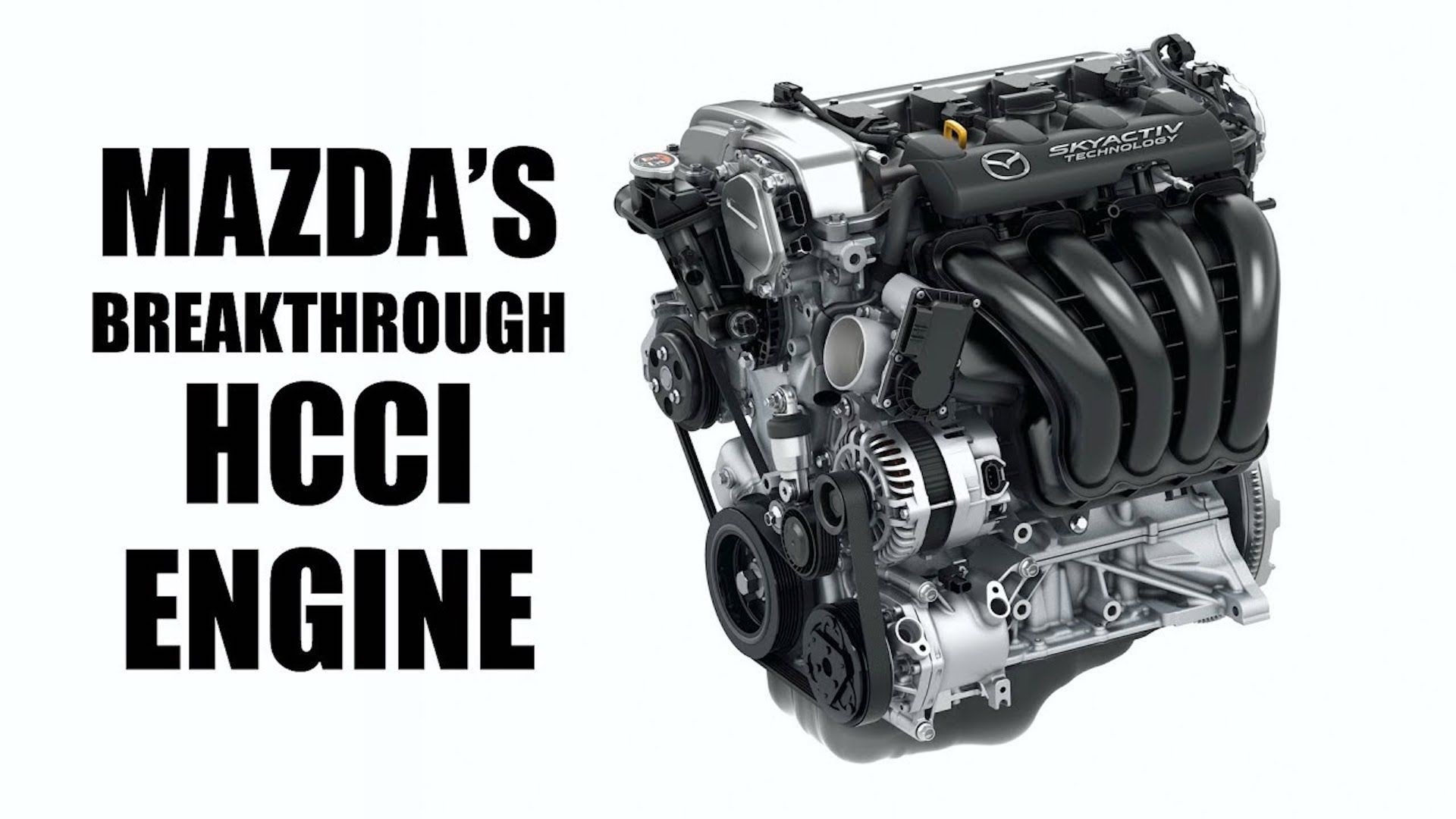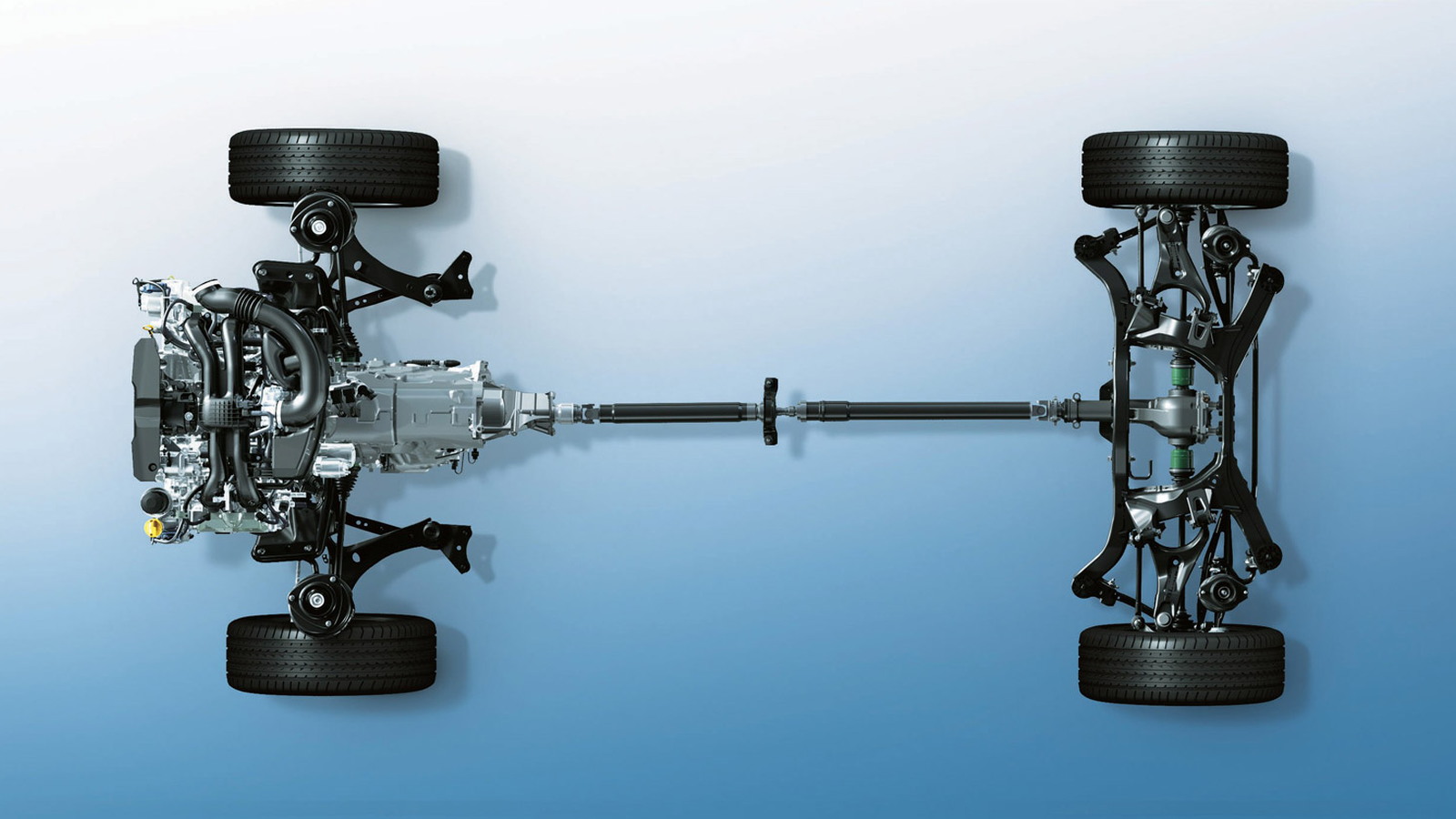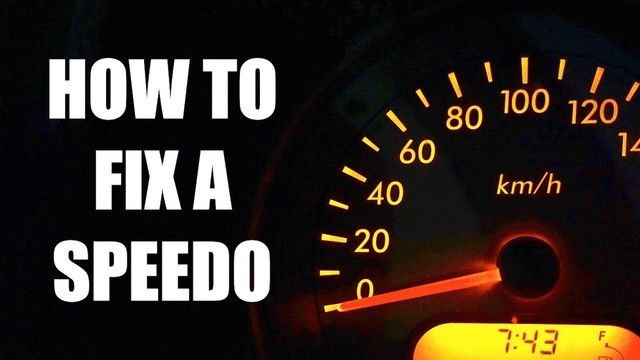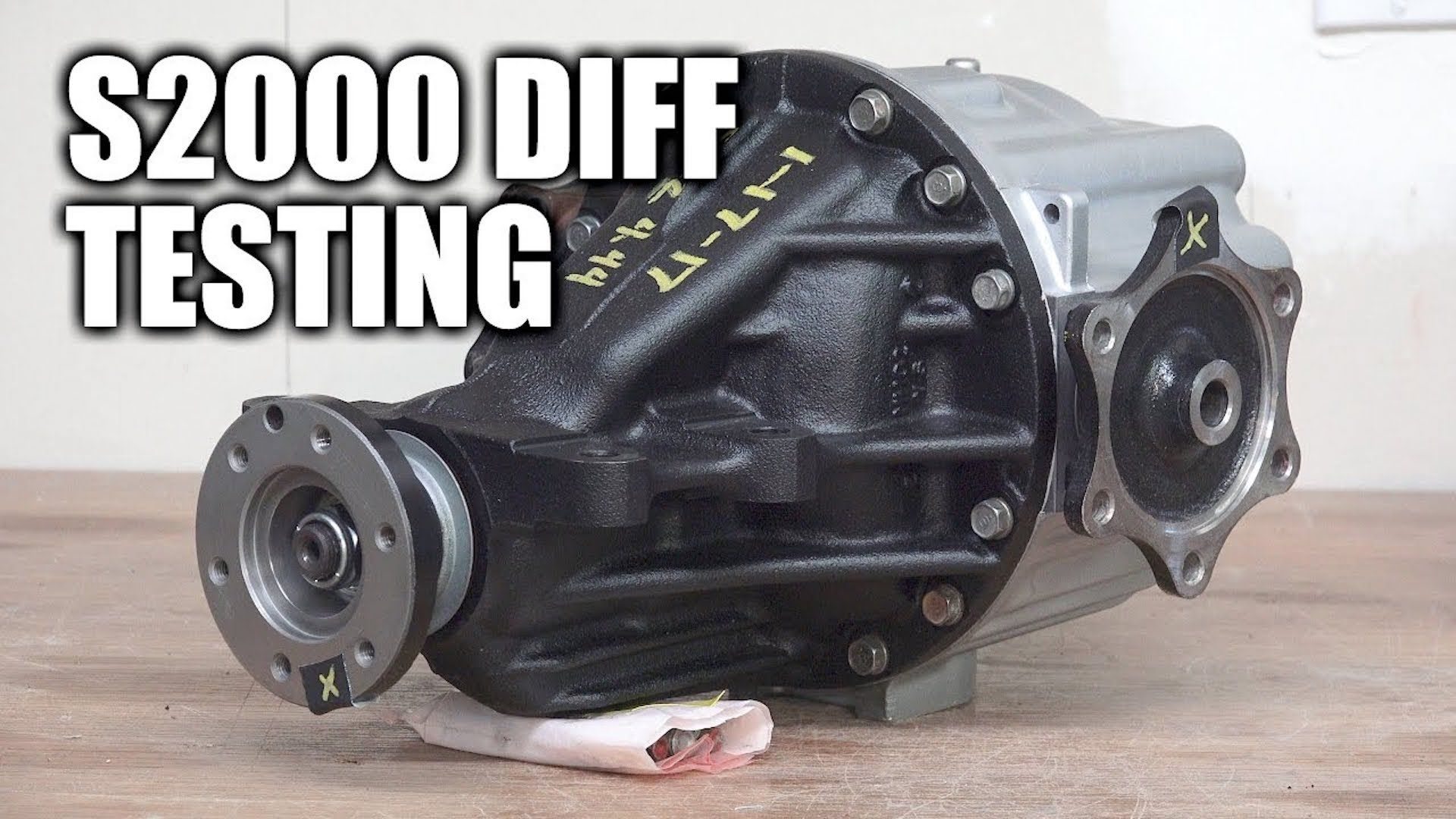Engineering Explained
-
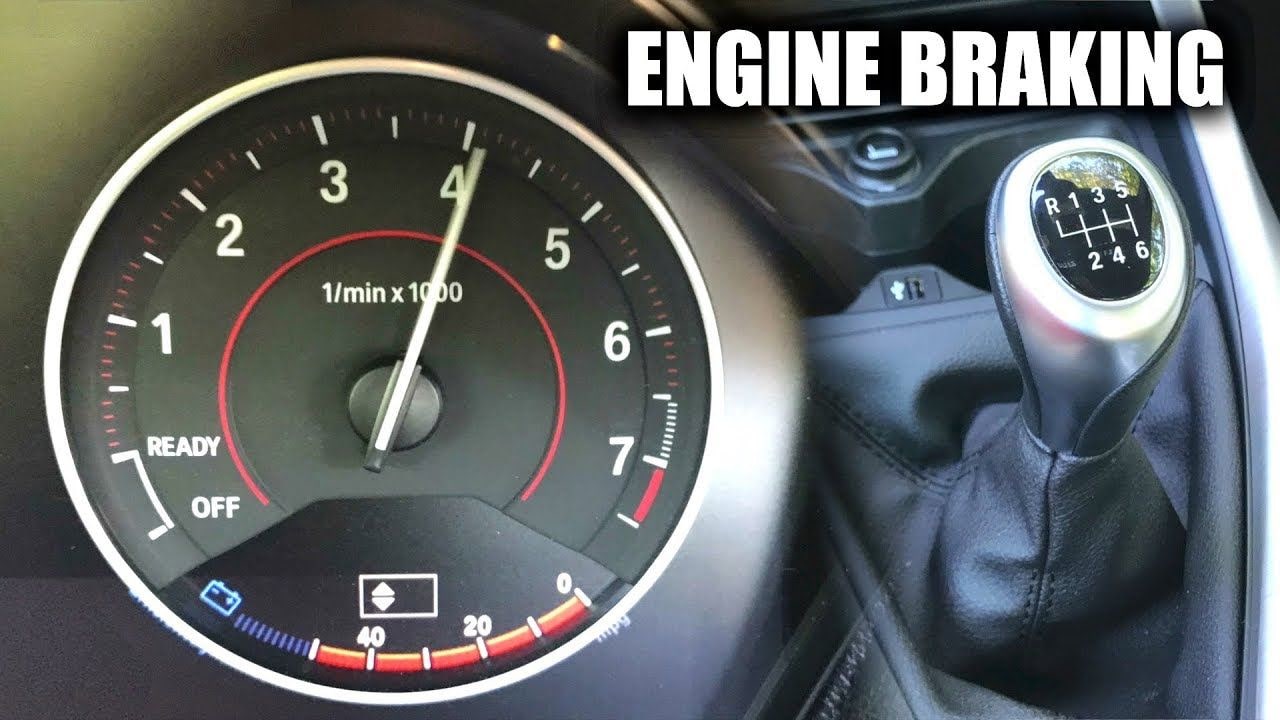
In a car with a manual gearbox, you can use that stick to your advantage in more ways than the simple act of shifting gears. If you want to slow down, instead of relying on just the brakes, you can pop your gear lever into a lower gear and use resistance from the engine to slow you down. This is called engine braking, and some might think it's harmful to your vehicle. Jason Fenske from Engineering Explained is here to tell you why that's not true. Letting off of the gas and using the engine to slow the car down is a fine practice. You're closing off the throttle and thus restricting the...
-
 Could electric cars use manual transmissions?
Could electric cars use manual transmissions?There's concern among many enthusiasts that the manual transmission is on its way out. This coincides with the notion that electric cars are the future and internal combustion engines will continue to fall out of favor as electric car charging infrastructure and technology exits infancy. If there's...
Sean Szymkowski -
 What is powder coating?
What is powder coating?You've heard the term before, but do you really know what powder coating is all about? It's not simply an airgun spraying a powdery substance that magically turns into a bonded surface on your wheels. There's a whole lot of science going on, which means we need to turn to our favorite engineer...
Jeff Glucker -
 Is it OK to skip gears on a manual transmission?
Is it OK to skip gears on a manual transmission?For those who daily drive a vehicle equipped with a manual transmission, it's likely a common practice. Rather than rowing through all five or six gears, drivers will skip from third to fifth, fourth to sixth and so on. But is this practice safe to do? Engineering Explained tackled the common...
Sean Szymkowski -
 Here's how Mazda's HCCI engine works
Here's how Mazda's HCCI engine worksMazda took the industry by storm when earlier this month it announced plans to introduce gasoline-powered Homogeneous Charge Compression Ignition (HCCI) engines in 2019. HCCI engines are typically referred to as the holy grail of internal-combustion engine technology since they're extremely...
Sean Szymkowski -
 What's the difference between flat-4 and inline-4 engines?
What's the difference between flat-4 and inline-4 engines?The 4-cylinder engine has become a standard across the automotive industry thanks to its compact size and efficiency. But, one variant of 4-cylinder engine doesn't rule. There are two popular variations of the 4-cylinder engine: inline-4 and flat-4. Each comes with benefits and downfalls, which is...
Sean Szymkowski -

The inline-4 engine has become a standard powertrain across most automakers' vehicle lineups, due mostly to its small size and efficiency. But, have you ever wondered how inline-4 engine actually operates? Thanks to 3D printing technology, and Engineering Explained's Jason Fenske's commentary, we have a better idea as to what happens under the hood. For this video, the engine happens to be an single overhead cam inline-4 from an older Toyota Tacoma or 4Runner. However, the bases are all largely the same across many inline-4s. The intake manifold and exhaust manifolds are both present on left...
-
 How the Dodge Demon uses its air conditioning to make more horsepower
How the Dodge Demon uses its air conditioning to make more horsepowerWhile it may seem like blasphemy that an air conditioning unit can be used to actually increase horsepower, it's true. Dodge has implemented such a process to help the 2018 Challenger Demon create its immense 840 horsepower, but how exactly does it work? Thankfully, we can always count on Jason...
Sean Szymkowski -
 Replacing brake pads and rotors--it’s not as hard as you think
Replacing brake pads and rotors--it’s not as hard as you thinkNo matter if you buy a new car, a pre-owned car, or lease a vehicle, maintenance is unavoidable. And at some point, the brakes will need to be replaced. Although many will let a mechanic take care of the work, it's not a terribly difficult process. Jason Fenske from Engineering Explained is here to...
Sean Szymkowski -
 5 ways to prepare your car for turbocharging
5 ways to prepare your car for turbochargingJason Fenske from Engineering Explained is once again joined by his friend Charles from Humble Mechanic in this latest informative video which looks at forced induction. Specifically, the topic at hand is about what it takes to add a turbocharger to a non-turbocharged vehicle. Obviously, you'll...
Jeff Glucker -
 How do electric cars produce maximum torque instantly?
How do electric cars produce maximum torque instantly?Most electric cars aren't normally associated with performance, but they are able to achieve something gasoline-powered cars can't: peak torque at zero rpm. It's thrown around often, and many will comment on how quick an electric car feels around town thanks to maximum torque delivered instantly...
Sean Szymkowski -
 Here's how Subaru's 4 all-wheel-drive systems work
Here's how Subaru's 4 all-wheel-drive systems workSubaru has carved a niche in the vast automotive industry by doing one thing: equip every single car it sells with an all-wheel-drive system. That's minus the BRZ, of course, which features rear-wheel drive. How does Subaru's system actually work? Jason Fenske of Engineering Explained is here to...
Sean Szymkowski -

The term is thrown around often, but what actually constitutes Subaru's "boxer" engine? With the insightful mind of Jason Fenske and a 3-D printed model of a 4-cylinder boxer engine, we're all in for some learning. In this video, Jason, host of Engineering Explained, walks viewers through the unique design of a Subaru boxer engine and how it operates. There are flat engines, but Subaru's boxer engine is different altogether. The pistons themselves lay flat—like other flat engines—but what makes Subaru's design distinct is the fact the pistons move in and out together. That means...
-
 Do performance brake rotors have better cooling?
Do performance brake rotors have better cooling?The upgrades continue for the Engineering Explained Honda S2000. The YouTube channel's host, Jason Fenske, is using his yellow sports car for more than just whipping around his local backroads, as it's also serving as a bit of a teaching tool. As he upgrades the car, we're all going to learn...
Jeff Glucker -
 Why does Volkswagen have a water-cooled exhaust?
Why does Volkswagen have a water-cooled exhaust?The Volkswagen Group loves its EA888 engine, found in popular models such as the Volkswagen Golf and Audi A3. This is the turbocharged inline-4 available as a 1.8-liter or a 2.0-liter and with power outputs ranging from about 170 to a bit over 300 horsepower. It also has a unique exhaust manifold...
Jeff Glucker -
 How 4WD works: 4Hi vs 4Lo vs 2Hi
How 4WD works: 4Hi vs 4Lo vs 2HiA modern vehicle can do a number of things for its driver. It can regulate traction, keep your braking pressure from locking your stoppers up, and make sure your engine doesn't exceed a given rev limit. Heck, a modern car can keep you in your lane and stop you from hitting the car in front of you...
Jeff Glucker -
 Why the Volkswagen VR6 engine is likely dying
Why the Volkswagen VR6 engine is likely dyingThe Volkswagen VR6 has been an incredible addition to the vast timeline of automotive engines. It saves space like an inline 4-cylinder, yet allows for increased power and torque production like the V-6 that it always has been. It made its debut before the days of mass-market turbocharging, and, at...
Sean Szymkowski -
 Do wider tires actually have more grip?
Do wider tires actually have more grip?Tires are an absolutely essential part of any car, truck, or SUV. Compounds can create unique handling experiences suited for any type of vehicle, and they can even make a car much more fun to drive. It's also a common saying that wider tires provide more grip. In the interest of science, Jason...
Sean Szymkowski -

A Nissan Titan weighs 5,811 pounds. A Mini Countryman weighs 3,629. The former requires a shorter distance to reach a complete stop from 60. Sounds crazy, but it's true, and Jason Fenske from Engineering Explained is here to, well, explain how the full-size pickup truck can out-brake a Mini. Foremost, Jason gets the variables out of the way. The track was dry, well maintained and even, and the device used to measure the data was accurate. Great, so how does the Nissan Titan accomplish this? Jason accelerated the Titan to 64.7 mph and the Cooper Countryman to 63.5 mph, the highest speeds...
-
 How the active aerodynamic system works on the Lamborghini Huracán Performante
How the active aerodynamic system works on the Lamborghini Huracán PerformanteThe Lamborghini Huracán Performante is the king of the Nürburgring. It currently holds the track's quickest lap time of 6:52.01, and it ousted the Porsche 918 Spyder in the process from the top spot. How did it get there? We're glad you asked. So is Jason Fenske of Engineering Explained...
Sean Szymkowski -
 What happens when you run winter tires in the summer?
What happens when you run winter tires in the summer?By this point, as we enter the middle of May, most drivers who use soft-compound winter tires have likely switched them out for a set of all-season rubber, or even some higher-performance summer-only tires. However, what happens if you keep those winter tires on your car and run them in warm...
Sean Szymkowski -
 How to fix a misreading speedometer
How to fix a misreading speedometerIt's a problem many may not know they're experiencing until flashing lights in the rearview mirror tell them otherwise. How do you know if your vehicle is reading an accurate speed? And if it isn't accurate, how do you go about fixing the problem? Have no fear, because Jason Fenske from Engineering...
Sean Szymkowski -
 How disconnecting sway bars work
How disconnecting sway bars workYou off-roaders out there know all about disconnecting your own sway bars. You crave articulation, and you'll disconnect parts of your vehicle to get it. For those who don't seek out tough trails and mud-covered body panels, the idea of a disconnecting sway bar might be an odd concept. It's less...
Jeff Glucker -
 Can a gearing change make your car quicker?
Can a gearing change make your car quicker?If you change your car's gearing, can you make it quicker? The simple answer is yes. More aggressive gearing creates a quicker car but not a faster car. A gearing change will have a noticeable affect on your car. If you swap in taller rear gears, you can gain some top-end speed, making your car...
Jeff Glucker




